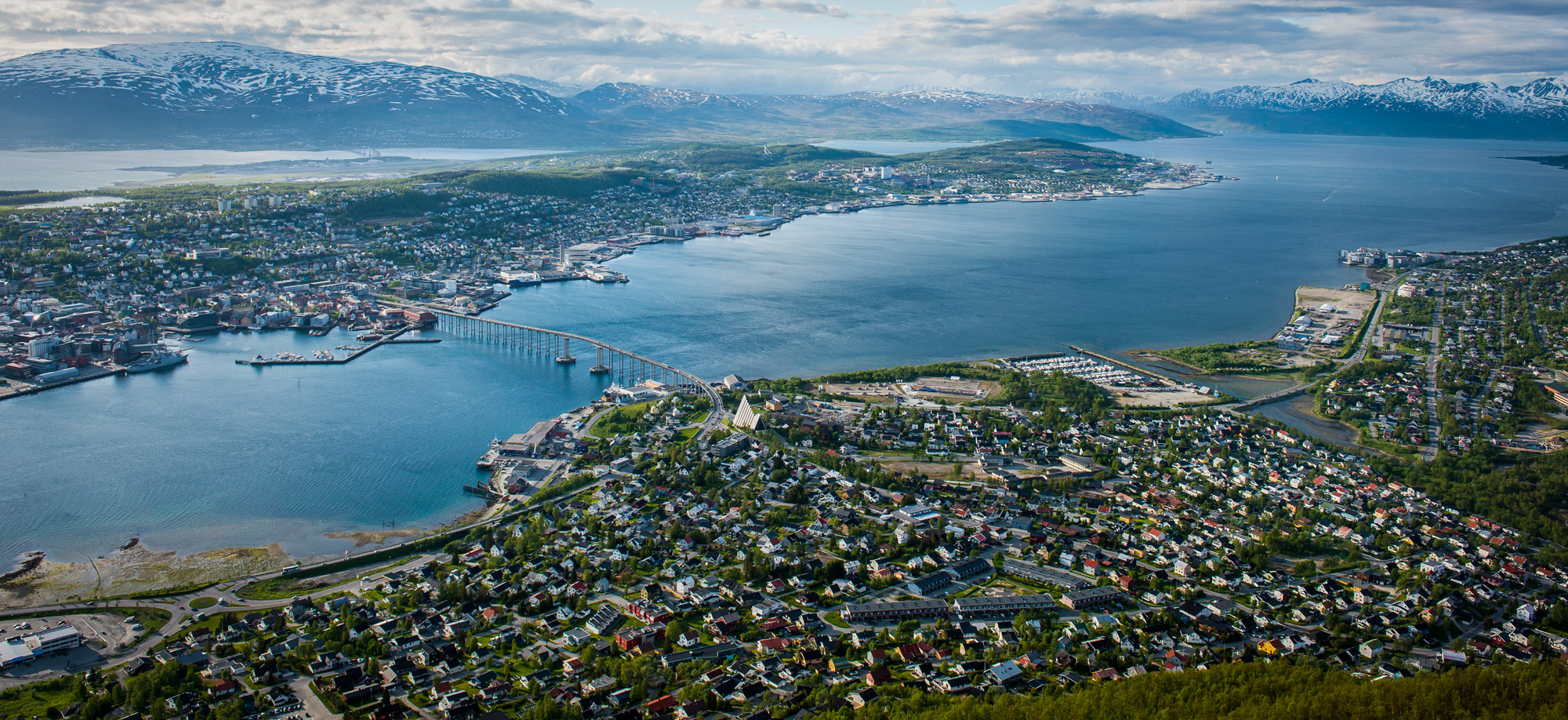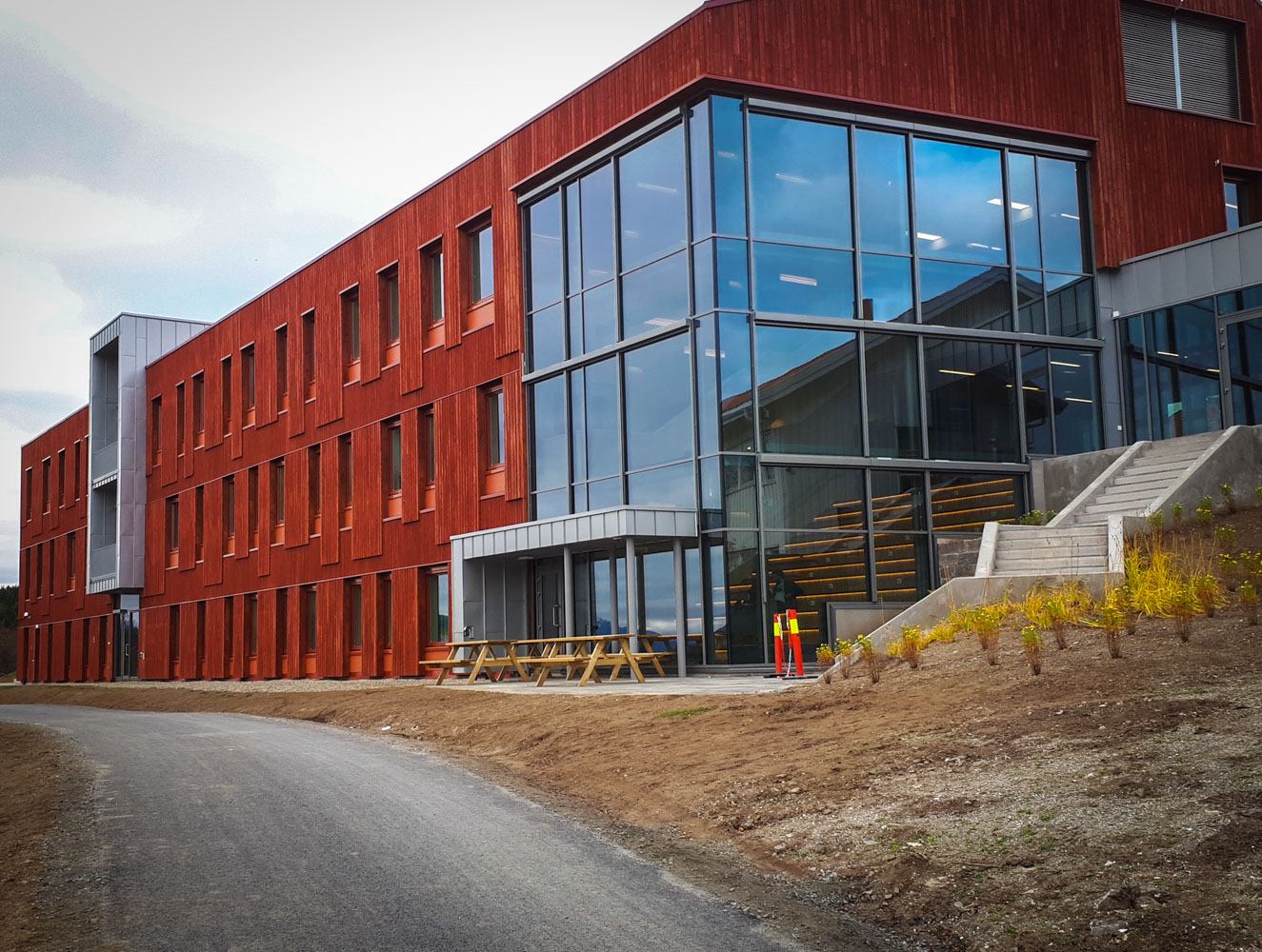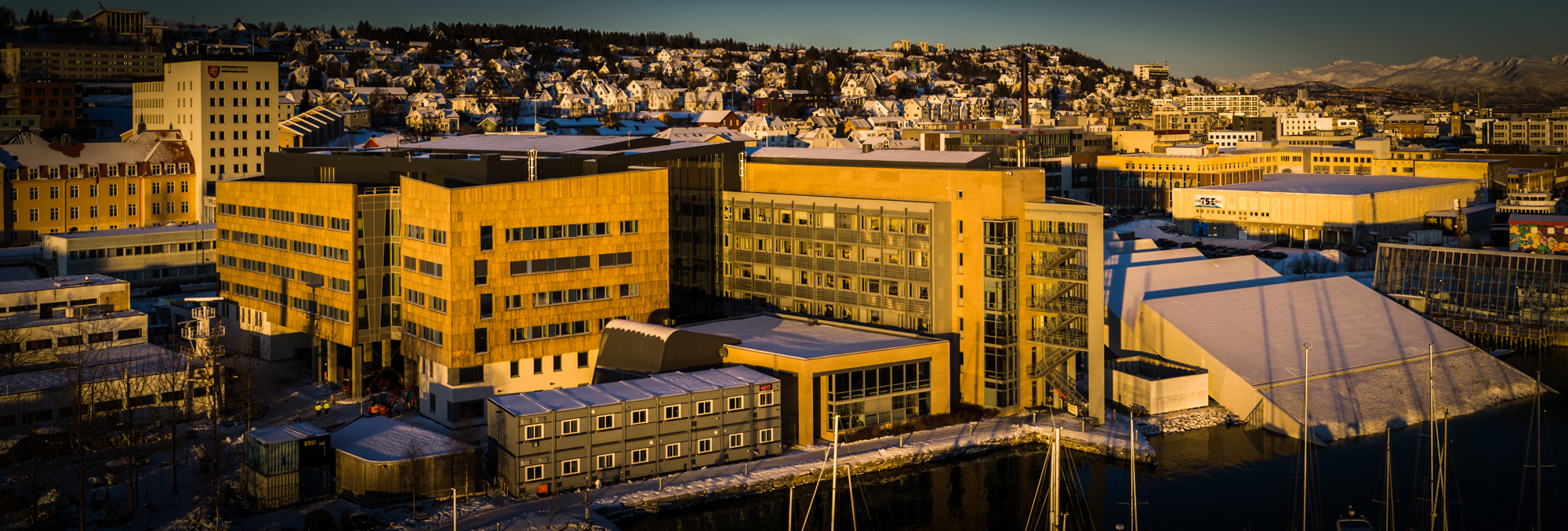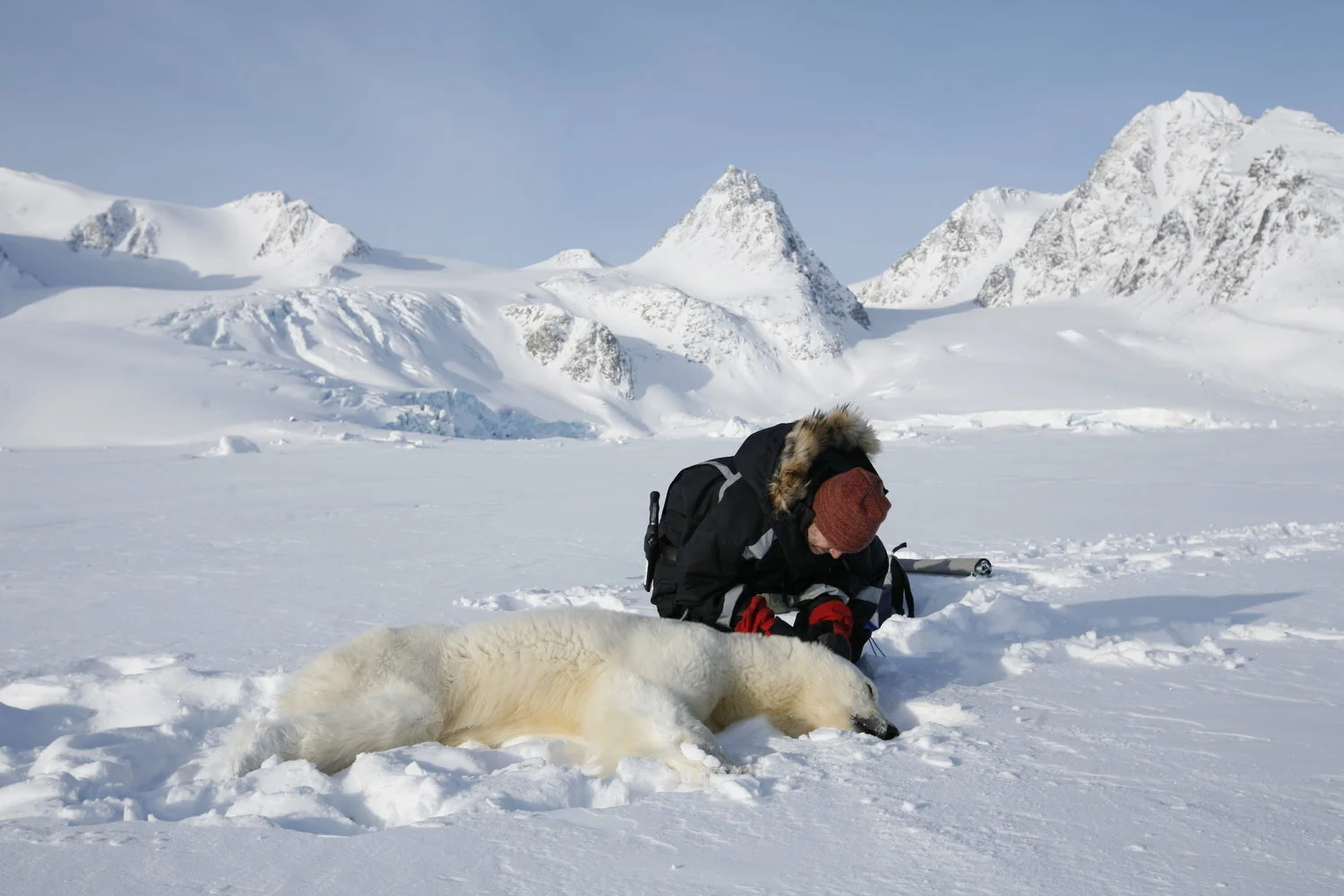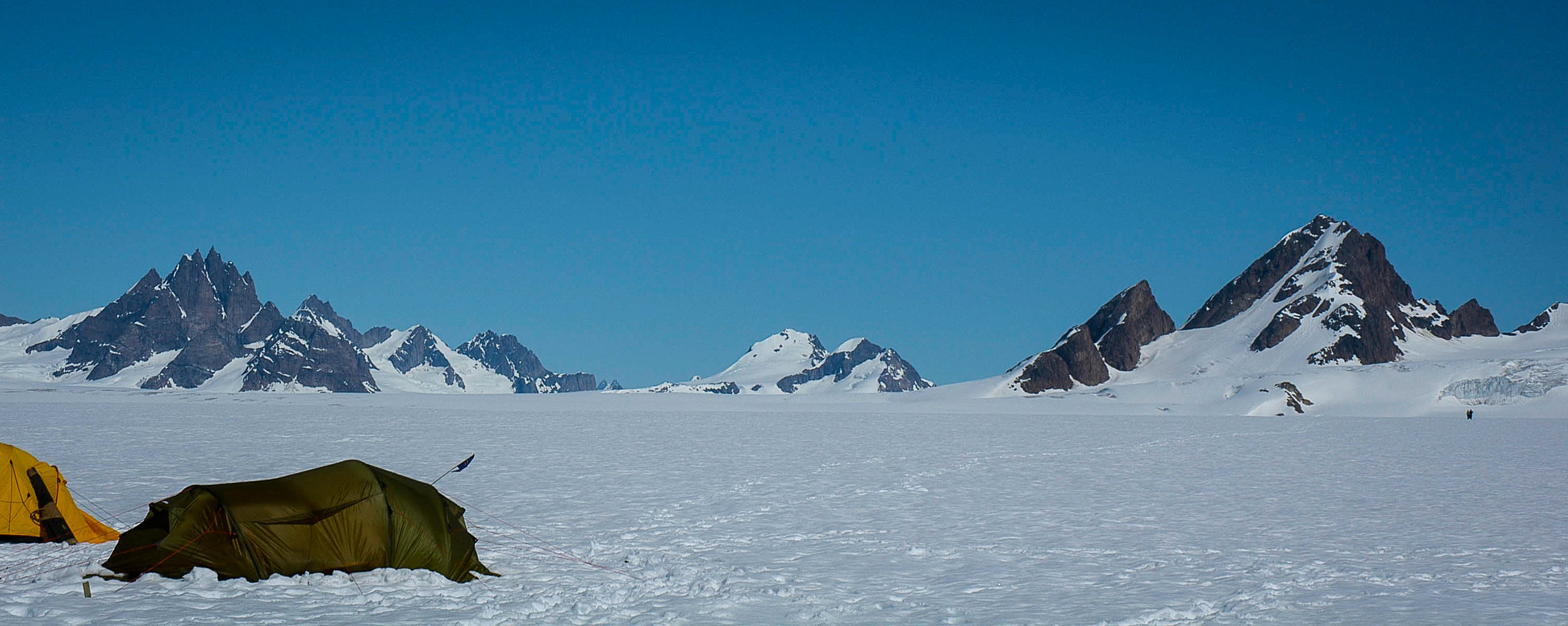Tromsø Strengthens Its Lead In Arctic science And Research
SCIENCE
Writers: Helge M. Markusson // Fram Centre & Elin Vinje Jenssen // Norwegian Polar Institute
Photographs: Linnea Nordström, Eirik Nicolai Heim, Øystein Mikelborg, Kristjan Fridriksson
July 2018
Major investments are making 2018 a banner year for research infrastructure in Tromsø, Norway - adding to what is already substantial. The keyword is workplaces, for research and education. On land and at sea. This vibrant international arctic city, located at 69 degrees North, already plays a major role in High North science and research. The new infrastructure will greatly strengthen that lead, benefitting Norwegian and international scientists and academics in the fields of natural sciences, technology, social sciences and marine research.
New infrastructure in place: more and better research in the High North
The year started with the opening of the new biology building at UiT The Arctic University of Norway.
“The new biology facilities will inspire learning and stimulate research. The climate research done here will provide guidance for environmental managers and government officials in making policy decisions,” says rector Anne Husebekk with pride.
Many of the scientists at the new building carry out biological research related to climate change in the Arctic, and they want to contribute to management policies that alleviate the negative effects of climate change.
The building has 3 600 m2 of floor space and cost 130 million NOK to build. It has rooms for master’s students, group rooms, offices, meeting rooms, laboratories and temperature-controlled research facilities.
The Fram Centre expands to house more science and Arctic work
In March of 2018, institutes and organisations started moving into the newly expanded Fram Centre in Tromsø. With this new wing, the Fram Centre expands to almost 25 000 m2, and 530 people will work within its walls.
This phase of construction created new offices, laboratories and meeting places. The Institute of Marine Research is making use of its new marine laboratory. The Norwegian Radiation Protection Authority is establishing its own lab specially designed for testing samples from northern regions, while NILU – Norwegian Institute for Air Research just got a brand-new laboratory where they can test for hazardous environmental pollutants.
Science research in Svalbard. JONAA©Helge M. Markussen
The new Biology building at, UiT, the Arctic University of Norway. JONAA©Harald Grape, UiT.
Among the new tenants in the building are the Institute of Marine Research and BarentsWatch. In addition, several tenants already in the building will be moving or expanding into new floor space: the Norwegian Radiation Protection Authority, NILU, Fram Centre AS, the Norwegian Polar Institute, and the secretariat of the Arctic Council. Several smaller secretariats will also be moving in.
That also means more space for the tenants who will stay in the original part of the Fram Centre building: Akvaplan-niva AS, the Norwegian Coastal Administration, the Norwegian Institute for Nature Research, the Geological Survey of Norway, and the Norwegian Institute for Cultural Heritage Research.
The old and new buildings create a 900 m2 atrium, “Lysgården”, where research dissemination will take centre stage.
The total cost of the new building is 521 million NOK. Statsbygg, the Norwegian Directorate of Public Construction and Property, was in charge of the project, and will retain its offices in the old part of the building. The project development firm Hent AS was awarded the turnkey construction contract.
New vessel for unique data on ocean, climate and species
Norway’s newest research vessel, Kronprins Haakon, can break through ice to penetrate farther north and south than any Norwegian research vessel in history. The ship is loaded with high-tech equipment that will give us new and unique data on the oceans, climate, and species.
Kronprins Haakon is a floating laboratory and research platform outfitted with first-rate technological equipment: as such, she will significantly enhance Norway’s fleet of research vessels. She is also the first Norwegian research vessel purpose-built as an icebreaker for use in challenging ice conditions year-round.
With a gross tonnage of 9000 tonnes, a length of 100 metres and a width of 21 metres, this vessel will accommodate 55 people – scientists, students and crew – in 38 cabins.
The Norwegian Polar Institute is the formal owner of Kronprins Haakon. The Institute of Marine Research operates the ship, while UiT The Arctic University of Norway is the primary user. She was built at the Italian Fincantieri shipyard and launched in Italy in February 2017. Norway has so far invested 1.4 billion NOK in this important piece of research infrastructure. ▢
The new research vessel Kronprins Haakon will meet researchers’ existing and future needs to visit, monitor and collect data in ice-covered and open waters at the far reaches of the globe, north and south, regardless of the season. JONAA© Øystein Mikelborg / Norwegian Polar Institute
More Arctic Science:
Helge M. Markusson works as Outreach Coordinator at The Fram Centre (FRAM High North Research Centre for Climate and the Environment). Author and columnist. Former journalist of newspapers, radio and TV. Has also been involved in a series of smaller and bigger culture projects. Raised in Northern Norway, living in Tromsø, Norway. Helge is a member of the JONAA founding team.


